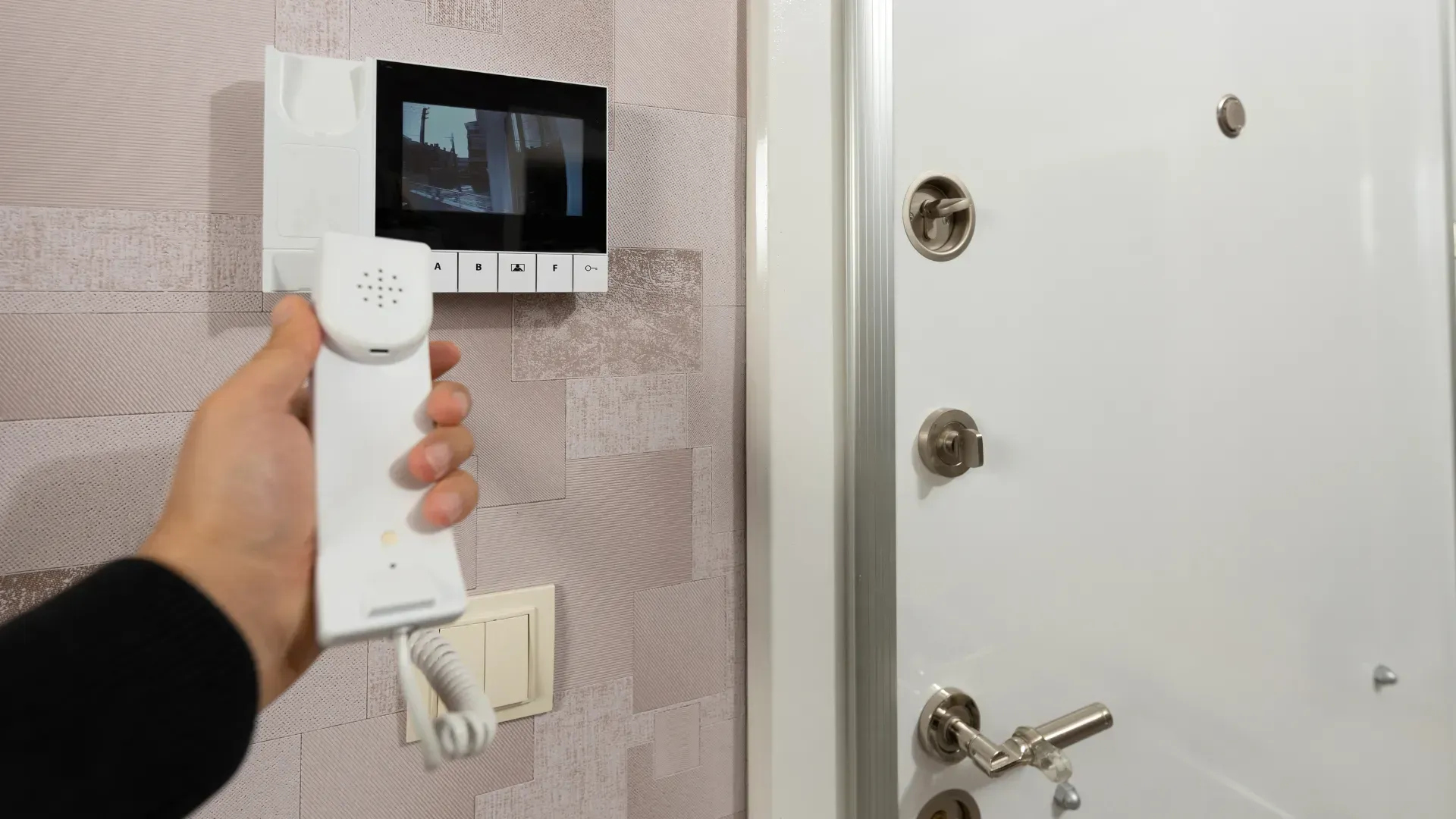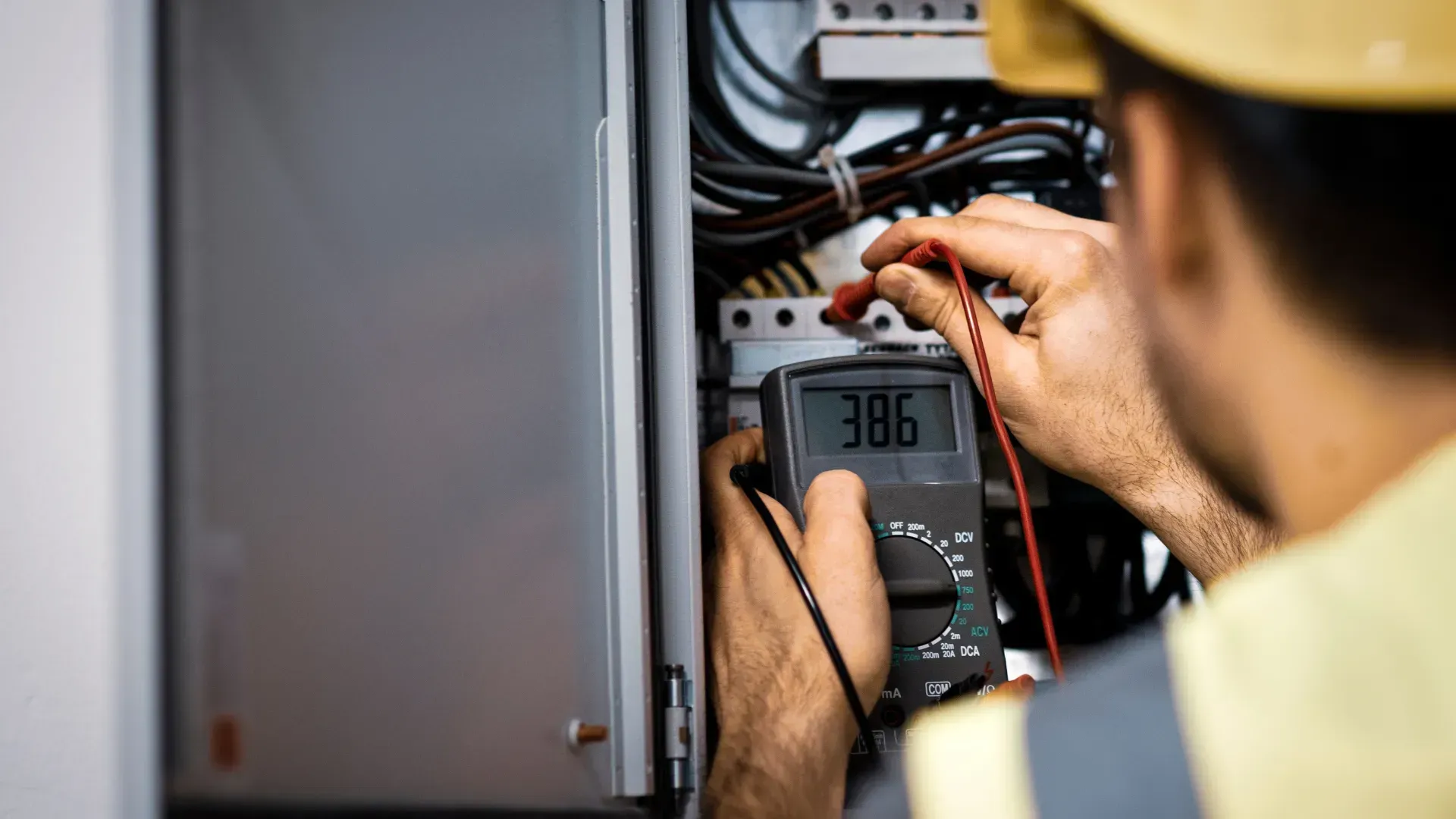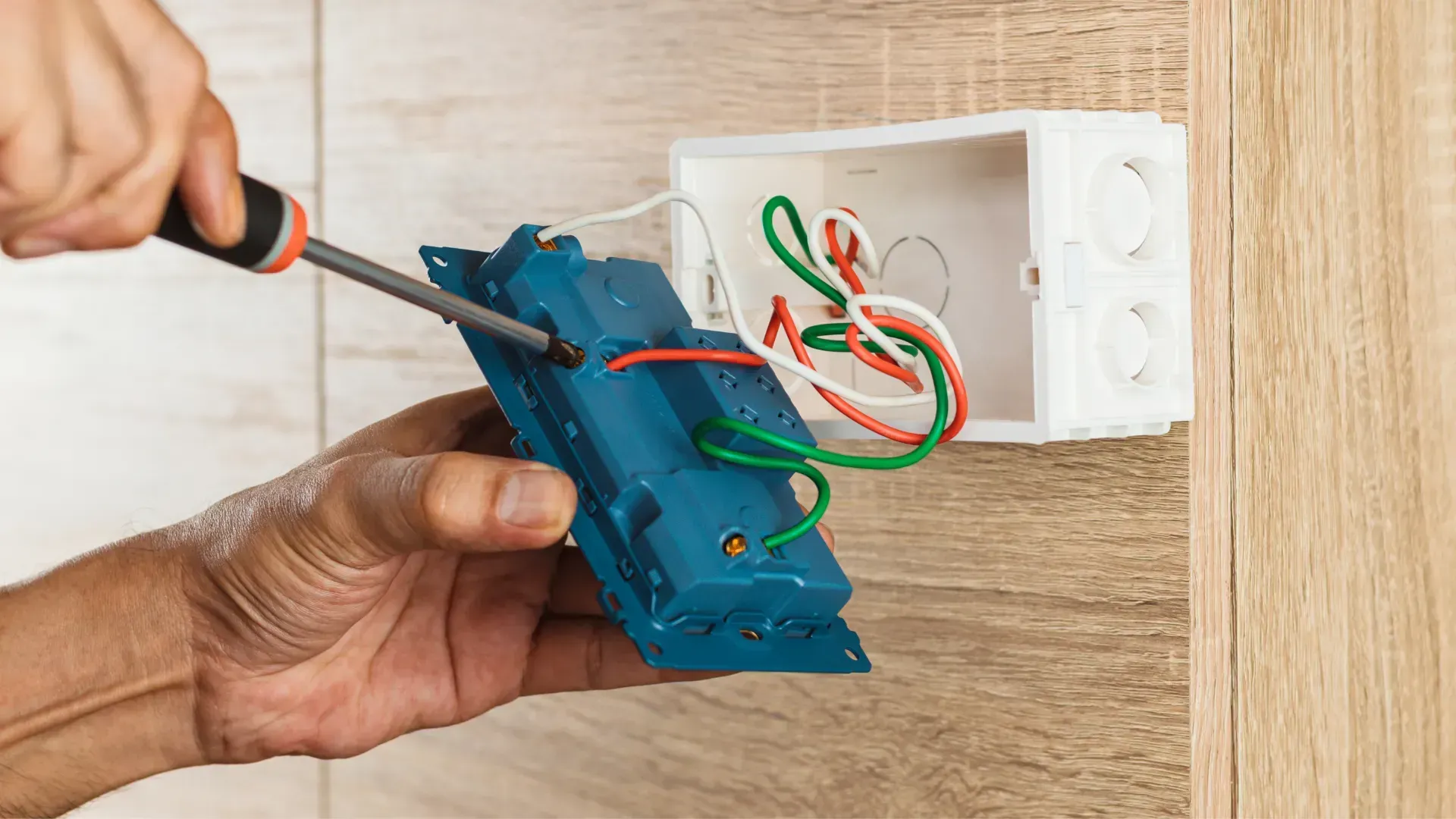Expert Home Solutions
Exceptional Home Repair Services for Every Need
At Lutes Property Services, we provide top-tier home repair, electrical services, and smart home upgrades to keep your Summerville home safe and modern. From fixing flickering lights to installing video doorbells, our experienced team tackles every job with precision. Our Total Home Care Package offers hassle-free, bi-annual maintenance to prevent issues before they start. Count on us for reliable, high-quality results.
Why Our Home Repair Services Shine in Summerville
Learn what sets Lutes Property Services apart as the preferred choice for homeowners seeking dependable home repair and electrical solutions.
Family-Owned Expertise
With third-generation roots in electrical services, we bring unmatched skill and a personal touch to every home repair project we undertake.
Transparent Service
We prioritize clear communication and honest pricing, ensuring our home repair services are straightforward with no surprises.
Customer-First Approach
Our team is dedicated to your satisfaction, delivering home repair services with respect, cleanliness, and a commitment to excellence.









